Summary: Every horsepower your 911 makes begins with a breath of air. This deep dive explains how airflow, pressure drop, and filtration drive real-world performance in the Porsche 911 (992) platform—and why a modern oiled-cotton filter like BMC can reduce restriction while maintaining near-OEM filtration efficiency. We’ll cover the physics, show data-driven visuals, and close with maintenance tips and FAQs.
Quick links: BMC Porsche Filters · All BMC Filters · BMC Cleaning Kit · Installation Guide
Table of Contents
- What Your Engine Actually Breathes
- Airflow Science & Pressure Drop
- How Restriction Steals Horsepower
- Throttle Response & Transient Airflow
- The BMC Engineering Approach
- Maintenance, Service Life & Cost
- FAQ
- Sources
1) What Your Engine Actually Breathes
The 992’s twin-turbo flat-six ingests a large volume of air per cycle. The air filter’s job is to minimize pressure loss while capturing fine particulates that cause wear. In a performance intake, a small change in restriction at higher mass flow (e.g., 400–600 CFM) can alter boost response, torque fill, and steady-state power.
2) Airflow Science & Pressure Drop
Pressure drop is the resistance the filter imposes on the intake stream. Lower drop = less pumping work and easier turbo compressor operation. In like-for-like panels, modern oiled cotton gauze consistently shows lower restriction than dense paper elements.

3) How Restriction Steals Horsepower
Intake restriction increases the compressor’s work and reduces effective manifold pressure at a given duty. On the dyno, this typically shows as small—but measurable—gains at the top of the rev range when restriction is reduced. The 992 Carrera/Turbo platforms respond predictably to lower pressure drop.

Figure 2 — Indicative dyno overlay (illustrative): reduced restriction yields 7–8hp at the top end on a stock-tune 992, with steadier pulls as heat builds.
4) Throttle Response & Transient Airflow
Response is about how quickly the intake system delivers air when you crack the throttle. Lower filter restriction improves the initial mass-flow ramp, which the ECU translates into crisper tip-in and more predictable torque delivery.

5) The BMC Engineering Approach
- Media: Multi-layer cotton gauze with low-viscosity oil balances high flow with fine particle capture.
- Mesh: Epoxy-coated alloy mesh keeps the pleats stable through heat cycles and vibration.
- Sealing: Precision-molded frame aims for uniform gasket compression in the 992 airbox to prevent bypass.
- Filtration: Near-OEM efficiency with lower restriction is the goal—critical for turbo engines.

6) Maintenance, Service Life & Cost
Reusable oiled-cotton filters reduce waste and long-term cost—so long as you service them correctly. Inspect ~10–15k miles (earlier if dusty). Clean when visibly dirty, let fully dry, and apply oil evenly.

Shop now: BMC Porsche Filters · BMC Cleaning Kit
FAQ
Will a performance air filter add horsepower to my 992?
Expect modest gains at the top of the rev range (typically a few wheel horsepower) with better repeatability under heat. The bigger daily benefit is sharper tip-in and consistent pulls thanks to lower restriction.
Is filtration compromised with oiled cotton?
When correctly oiled, modern multi-layer cotton gauze achieves near-OEM efficiency while flowing freer. Follow the service procedure and avoid over-oiling.
How often should I clean and re-oil?
Inspect every 10–15k miles; clean only when dirty. After cleaning, allow the media to fully dry and apply a light, even coat of BMC oil.
Sources
- BMC official site — media, oiling and construction information.
- Porsche AG — 992 platform background and engine architecture references.
- Industry flowbench practice and ISO-style filtration testing principles (illustrative figures herein reflect typical results for like-for-like panels).
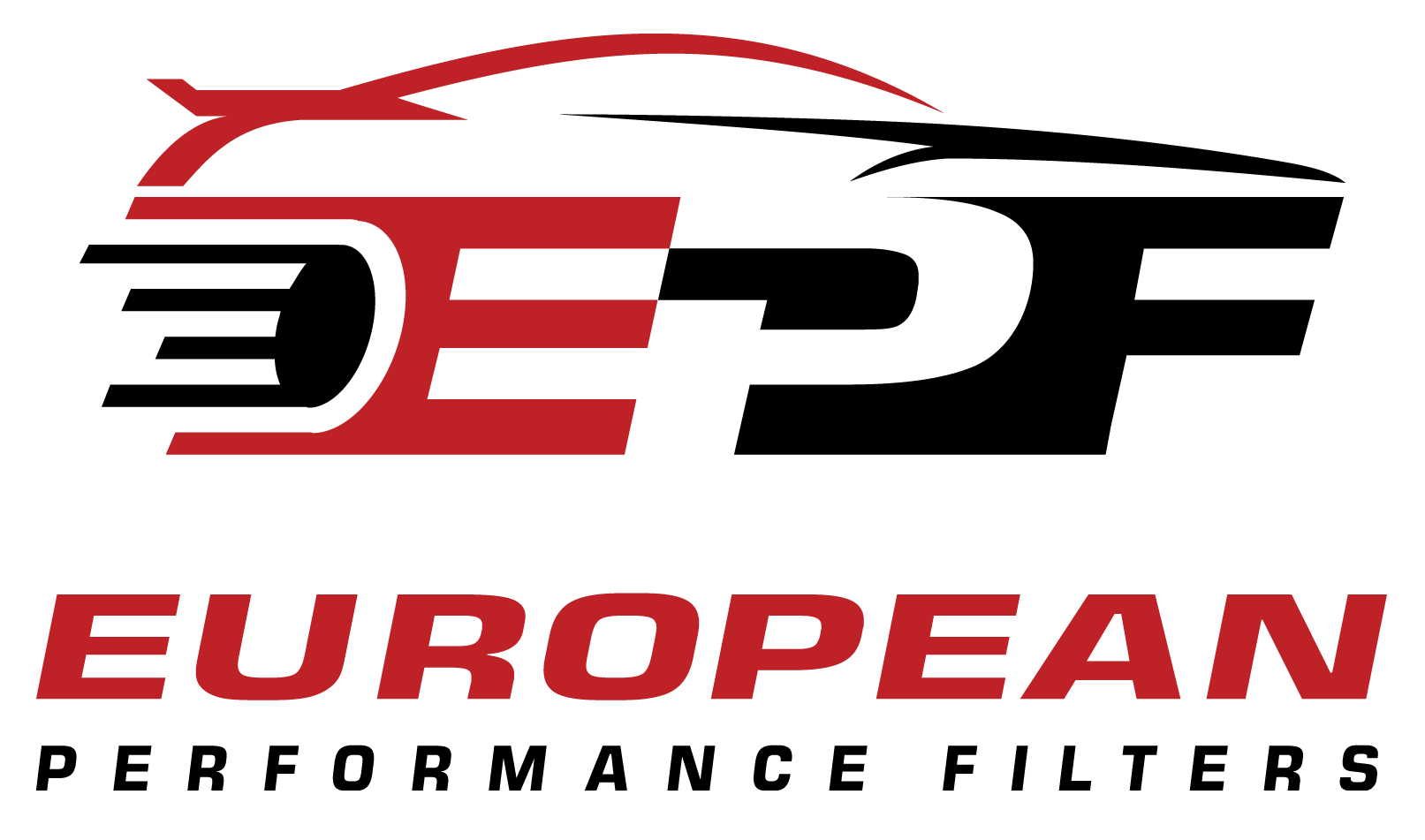
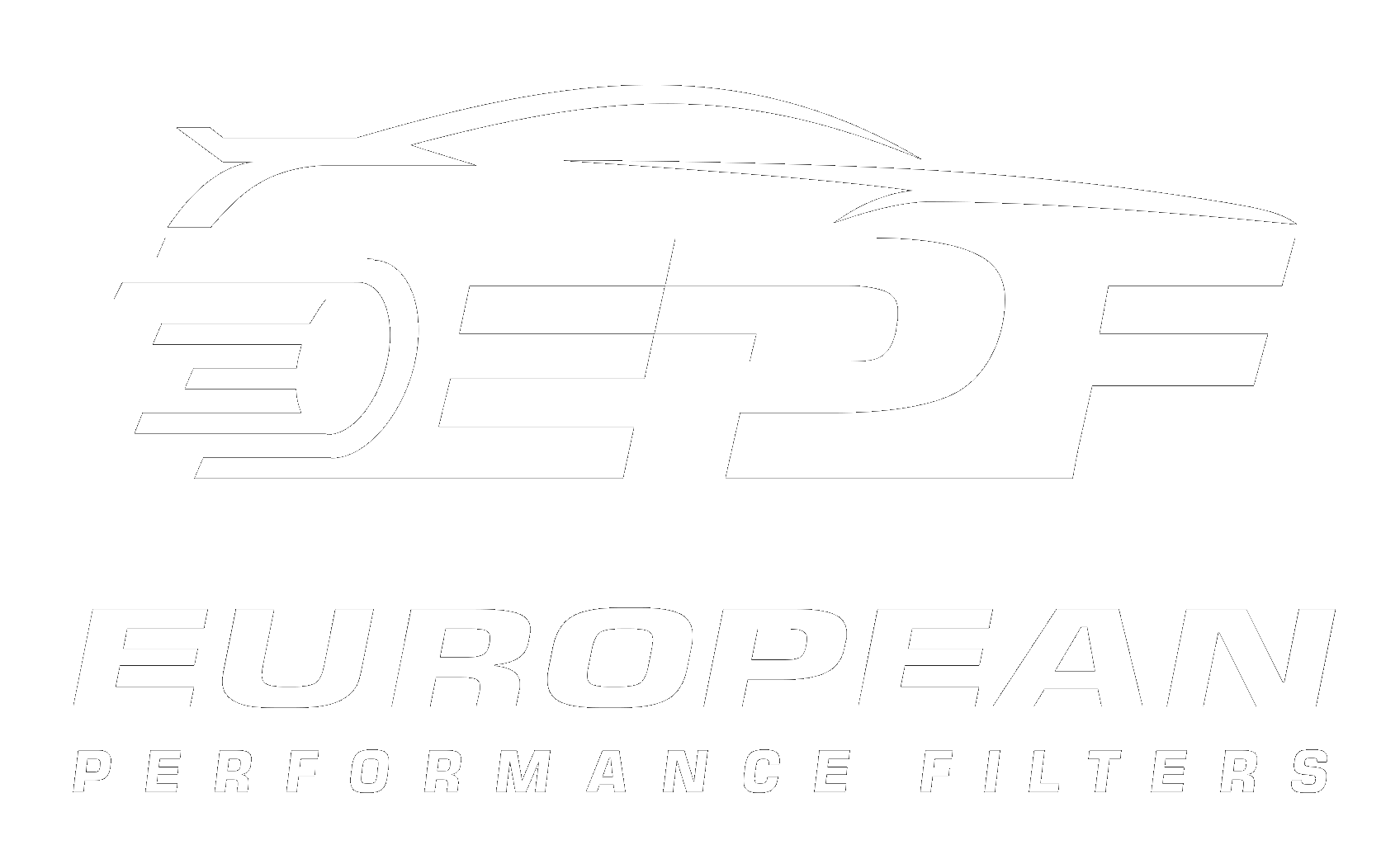
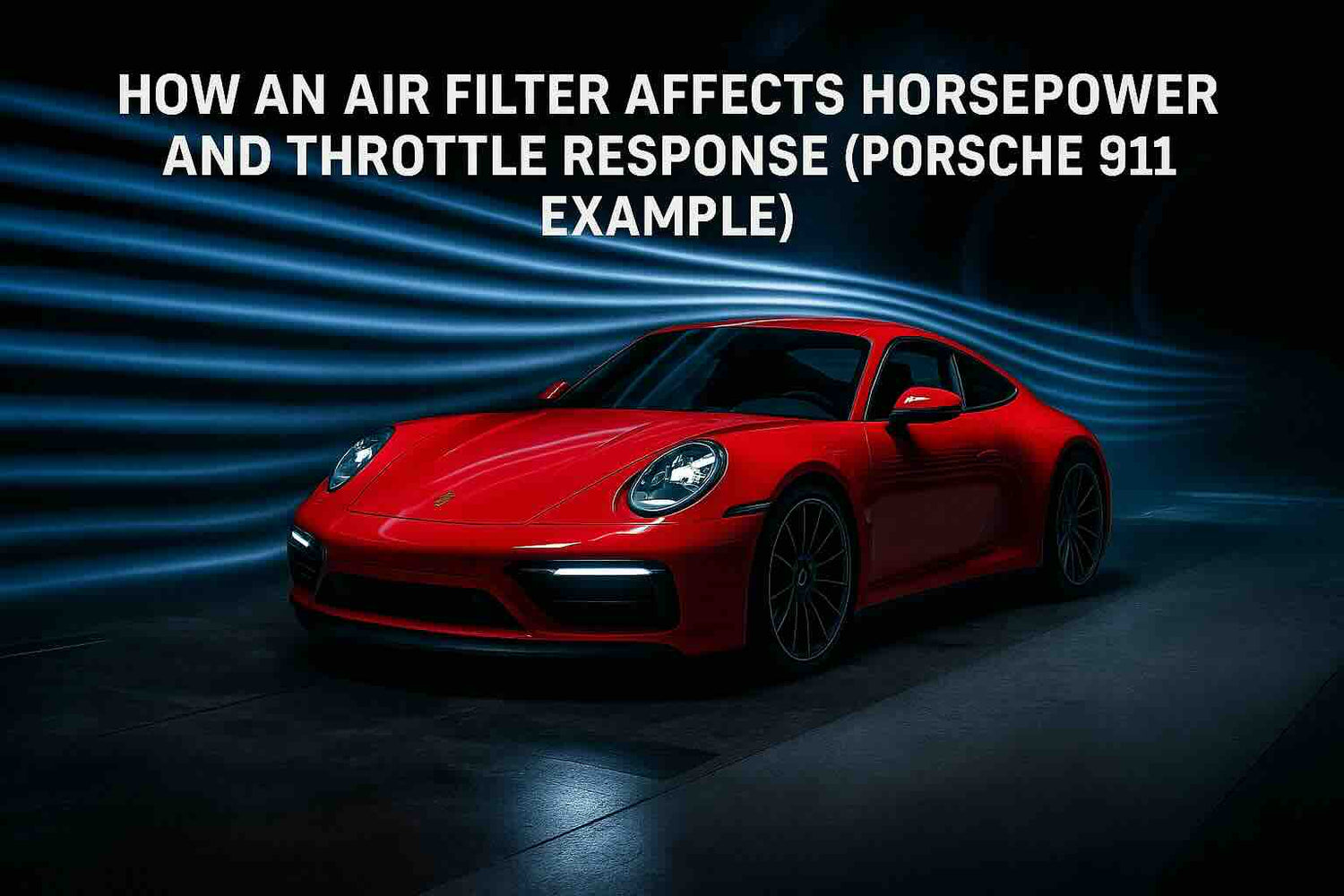
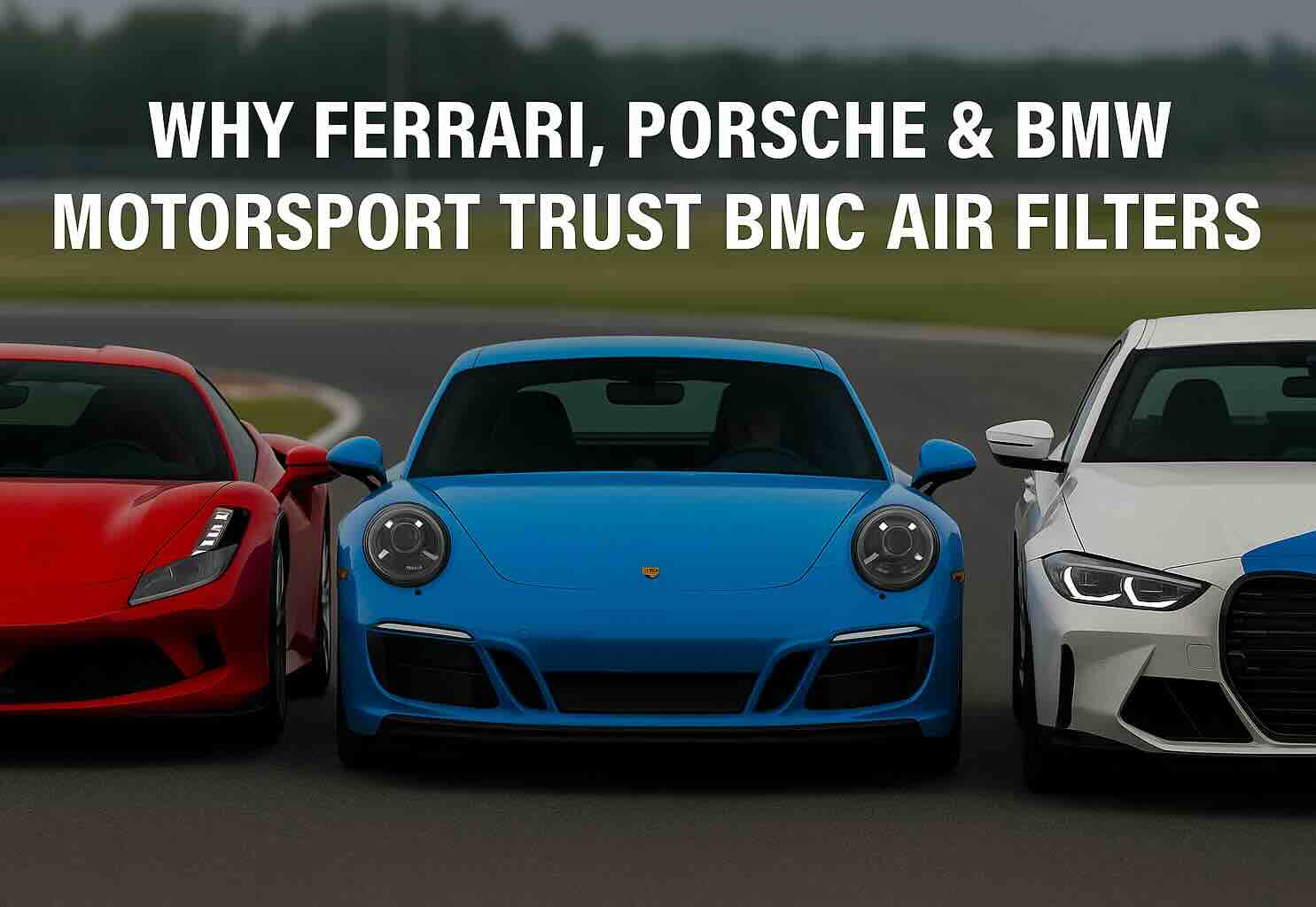
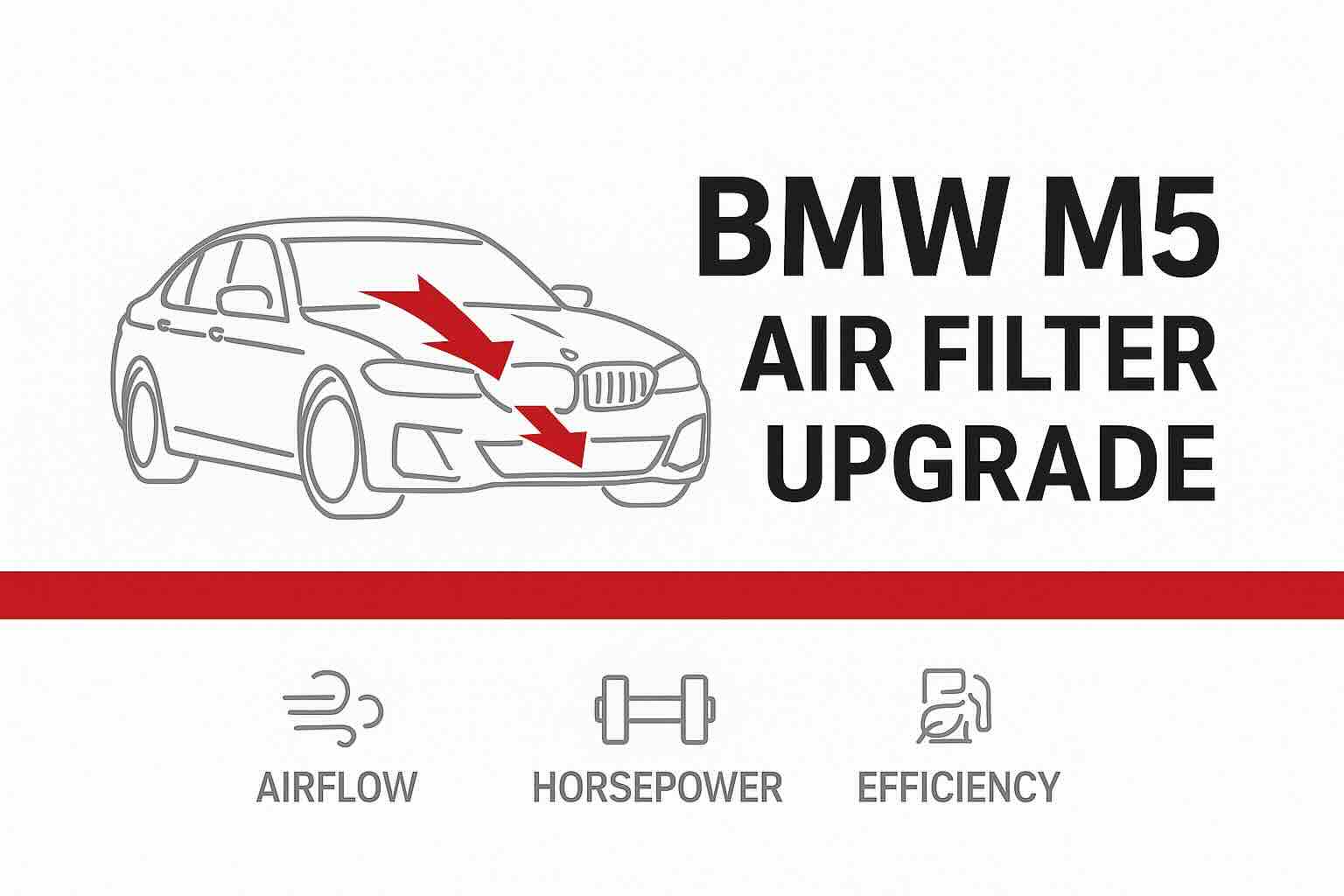
Leave a comment
This site is protected by hCaptcha and the hCaptcha Privacy Policy and Terms of Service apply.